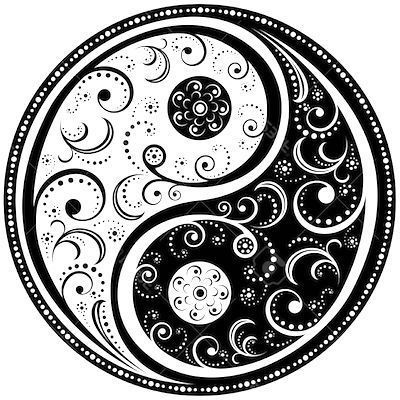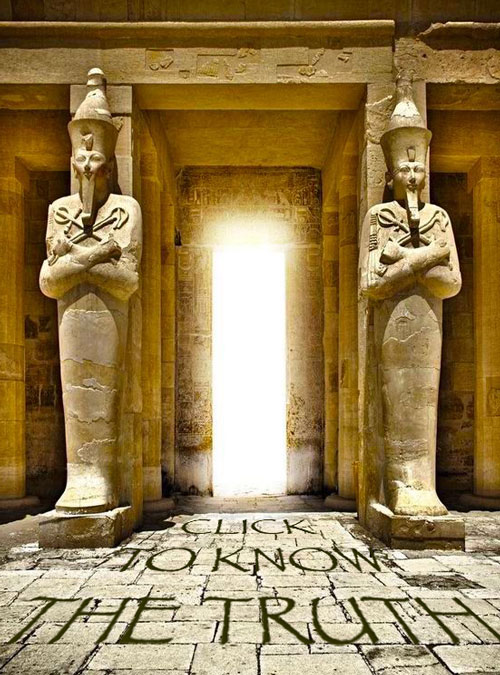The Ouroboros
The ouroboros is an ancient Egyptian symbol of a serpent eating its tail:

There are two factors at work above: corruption and rejuvenation. These two apparently opposite forces result in the eternal swirl of the ouroboros: after birth we grow as children and youths to a point where we mature as adults. Then we begin a decline as old age starts to make it’s presence felt and we lose our vitality. This pattern plays out in larger cycles as the seasons, relationships, societies and species come and go. Most of us mistakenly look at life thus:

However, this is closer to the truth:

So at it’s deepest level the ouroboros refers to the relationship between corruption and rejuvenation: in reality opposites give rise to each other. The serpent is therefore sustaining itself by devouring itself. This theme is also implied by the swirl of the Taoist YIN YANG:

This eternal pattern is the secret behind our two most famous essential oils. Frankincense (life) is a sweet, light, uplifting resin that benefits the immune system, delays ageing, promotes healing and relieves stress. Myrrh (death) on the other hand is a bitter, darker, heavier scent that fights fungal infections, improves digestion and reduces inflammation. It was also used during the mummification process for its antibacterial properties and to ward off the stench of death.

Twisting the circle, we get the figure eight. This is the transition from unity to duality or particle to wave. So the ouroboros expresses the deep connection of all things material and spiritual that perpetually change form in an eternal cycle of destruction and recreation.
